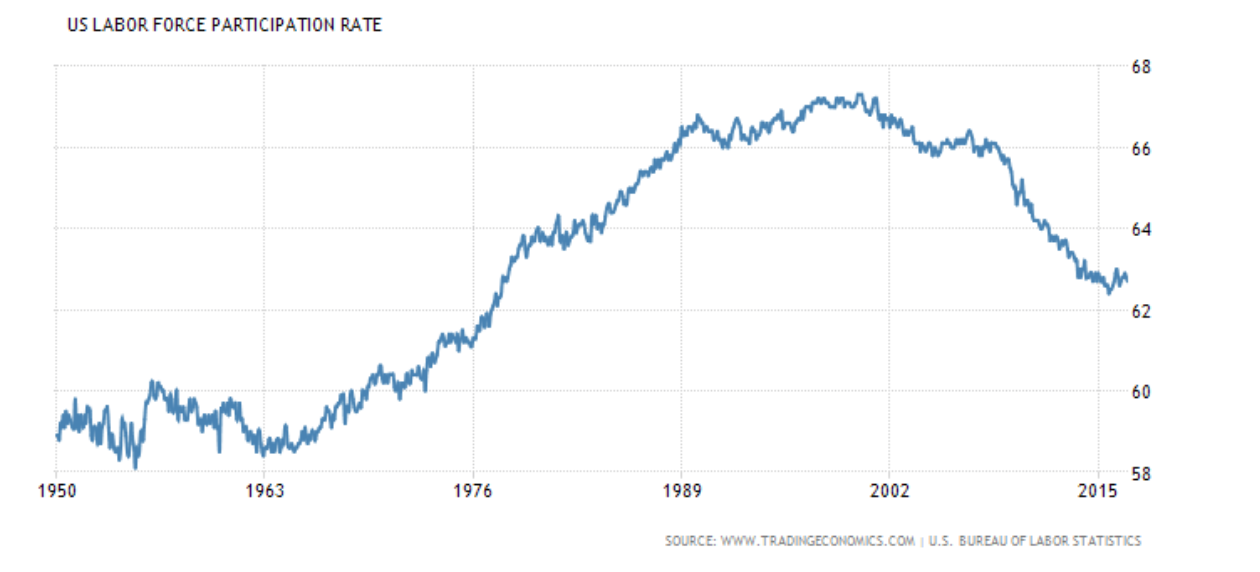Automation and America’s Next Industrial Revolution: Why We Need to Worry
The next great American revolution is upon us, one that will be based on race and identity, but also driven by increasing automation economics. As Greenberg and Page note in our textbook, “The fundamental democratic principle of political equality is at risk when economic inequality is substantial” (99). Sadly, the United States government has failed its citizens by minimizing the effects of the changing dynamics of the labor force on income inequality with a lack of policies, initiatives and support systems. The capitalist economic model is deeply entrenched in the core beliefs of America’s political culture and greatly impacts the growth, heterogeneity, and movement of the American populace. The issue of automation is complex because it creates bifurcations throughout the nation while also affecting the daily lives of all citizens. It is no secret that due to automation, production rates, workplace safety, and product quality have risen. However, as automation and technological advancements continue to increase at unprecedented speeds due to globalization, economic, political, and social gains and losses will become more extreme and the growing divide between the upper class and the middle and lower class will sharply rise. This will occur due to the elimination of low-skilled jobs and diminished social mobility as only those with access to certain resources will benefit.
One of the largest effects of automation will be the expanded salience of economic inequality. In a 2016 study conducted by the US Council of Economic Advisors, 83% of jobs that pay less than $20 per hour are considered extremely likely to be replaced by automation. This phenomenon has been observed in many sectors of American business, especially within manufacturing where 5 million jobs have been lost since the year 2000. A report from Ball State University found that of those 5 million lost jobs, 88% can be attributed to robots and automation. Truck drivers and those who drive vehicles are also on the front lines of the effects, with some estimates stating that 2 to 4 million of these jobs are at risk of being taken over by self-driving vehicles. Furthermore, for those whose low-skilled jobs get replaced, it will be difficult to find work in a shrinking labor force that needs their particular skills. The charts below give a good illustration of the dangers that automation poses for the lower class and how it will create a larger divide between social classes.
The inevitable rise in automation will also have ramifications for the labor force participation rate. Instead of finding other means of employment after losing jobs to machines, a large number of Americans are not even reentering the workforce. As the Founder and CEO of Venture for America, Andrew Yang, advances, America’s labor force participation rate of 62.9% is comparable to that of the Ukraine and El Salvador. With many of the 95 million working-age Americans (many of which are former manufacturing workers) out of the workforce, the displacement of jobs will only increase as technology expands.
It is imperative to consider the impact of wide-ranging consequences of income inequality. From dividing social classes to hindering economic growth, income inequality casts a bleak outlook on our future. Income inequality also correlates with political inequality because those with access to more resources (money, power, connections, etc) are more likely to have their political views disproportionately represented as opposed to those with little to no influence in government. In addition, unemployment and poverty are directly linked to higher rates of social ills such as crime, addiction, racism, domestic violence, depression, and much more. The list is as long as it is alarming. By analyzing the data, it is no secret that American politicians need to figure out not only how to address the issues of automation and inequality, but also how to begin mitigating the effects of these issues now. The hyper-efficiency of robots and technology has changed the landscape of employment in the United States and the risks, if not properly confronted, can permanently damage the lives of millions of average Americans.
So, how can the government do this? An interesting solution can be found in the growing universal basic income movement. This form of wealth distribution involves the government giving a fixed amount of money, on average $10,000 annually, to individuals regardless of occupation or social status. Universal basic income (UBI) would get aid households living under the poverty line while, at the same time, providing them with an acceptable form of economic security. Many experts see the adoption of UBI as a means to also foster research, creativity, and growth in the job markets. Hence, UBI is considered an “answer to automation” and a compelling strategy to consider in our country’s response to the advancement of machines.
https://qz.com/895681/silicon-valley-is-right-our-jobs-are-already-disappearing-due-to-automation/
https://futurism.com/images/universal-basic-income-answer-automation/

